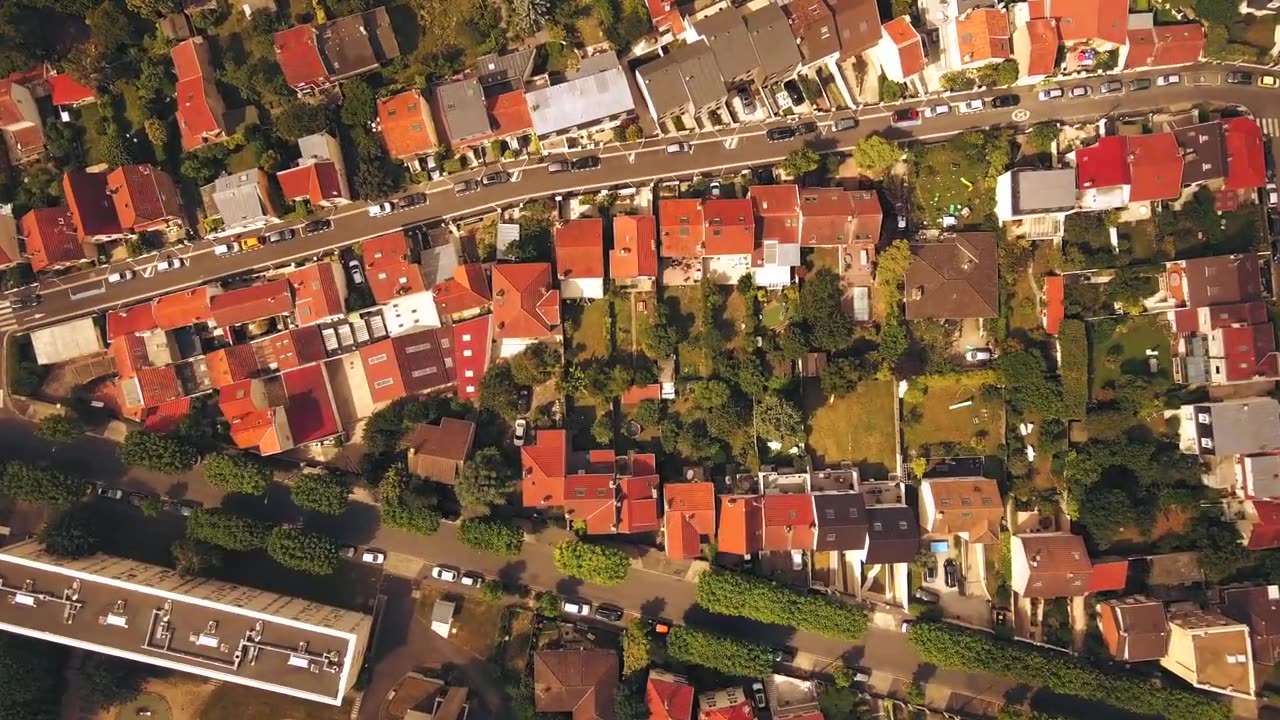Premium Only Content

LOVE CITY (PARIS) France | Paris | Eiffel Tower
Paris, City of Love
By the end of the 19th century, Paris established itself as Paris City of Love. At that time, France was under the Third Empire, sideburns were in fashion, and the Parisian society and moral codes were very different from what we know today. In the Paris of the Third Empire, the married couple was not the place of carnal desire. “If a wife destined to be honest sought to provoke the desire of her husband, she could attract the discontent of him.”To avoid this unwanted situation, husbands in Paris made extensive use of the ‘asphalteuses,’ ‘lorettes,’ ‘pierreuses’… in other words, prostitutes.There was a clear division of women between whores and household angels. Wives had to be respected and treated like pretty dolls, while the prostitutes or women with a sexual life outside of marriage were the women with whom men experienced sexual pleasure and love passion.The bourgeois wife had to stay at home and take care of it. At that time, women in Paris could not go to a café or a restaurant alone without risking being considered a “femme de petite vertu” (woman of little virtue). On the other side, it was common to see in these places honest men in the company of courtesans without the need to hide it.This social phenomenon was similar in other big cities like Berlin or New York, so why is Paris known as the City of Love, instead of Berlin or New York?To make the long story short, this social phenomenon was MUCH more visible in Paris. By the end of the 19th century, the French capital was overcrowded, dingy, dirty, and riddled with disease. Why, Emperor Bonaparte pondered, was it not more like London, with its grand parks and gardens, tree-lined avenues, and modern sewage system? Paris, he declared, needed light, air, clean water, and good sanitation! Napoleon III commissioned Baron Haussmann to clean up and embellish Paris. Haussmann cut a swath through the cramped and chaotic labyrinth of slum streets in Medieval Paris, knocked down 12,000 buildings, cleared space for the Opera Garnier and Les Halles marketplace, and connected the new train terminals with his long, wide, and straight avenues.The winding and dirty streets of Medieval Paris were home to prostitutes. Chassed from their former territories, a real female migration took place from these districts towards the boulevards of the Madeleine, des Capucines, des Italiens… These women were nicknamed the “asphalteuses” (from “asphalt” or women of the streets). Just behind these magnificent Grands Boulevards, it was easy to find brothels of all kinds and budgets. Cafés and restaurants were places of culinary tourism as well as important places of prostitution, while balls or café-concerts mingled gallant men and public girls. Prostitution activity in the Paris of the Third Empire also grew up because there were a large number of single people: migrants, militaries, students, and especially workers. The Haussmann Works were the most extensive public works program ever carried out in a European city, turning Paris into a vast building site for over 17 years. This situation attracted workers from France and Europe who wanted to have fun after their working days. The French Capital was called Paris, the City of Love because it was able to meet this high “love demand.”
-
 16:49
16:49
Dave Portnoy
1 hour agoDavey Day Trader Presented by Kraken - January 3, 2025
3172 -
![🔴[LIVE TRADING] Tesla Falls, Nvidia Bounces & Payday Friday || The MK Show](https://1a-1791.com/video/fwe2/56/s8/1/d/a/4/k/da4kw.0kob-small-The-MK-Show-Jan.-3rd.jpg) LIVE
LIVE
Matt Kohrs
6 hours ago🔴[LIVE TRADING] Tesla Falls, Nvidia Bounces & Payday Friday || The MK Show
1,367 watching -
 LIVE
LIVE
Tactical Advisor
1 hour agoThe Vault Room Podcast 007 | Terrorist Attacks Update
551 watching -
 1:45:30
1:45:30
Game On!
10 hours ago $0.41 earnedNotre Dame proves that the SEC is the WORST conference in college football!
4.09K2 -
 LIVE
LIVE
Jeff Ahern
1 hour agoFriday Freak out with Jeff Ahern ( The Dr Michael Schwartz interview)
514 watching -
 15:04
15:04
Misha Petrov
20 hours agoThese Leftist Tattoos Are UNHINGED!
17.9K77 -
 8:27
8:27
Dr. Nick Zyrowski
1 day agoWhat to Eat After Fasting - This Diet Heals You!
32.7K11 -
 15:15
15:15
Chris From The 740
13 hours ago $1.30 earnedThe C&H Precision Comp Is The SRO Alternative You've Been Waiting For
17.2K6 -
 24:02
24:02
Bek Lover Podcast
1 day agoAmerica Under Attack - Danger In Every State?
14.7K15 -
 1:03:40
1:03:40
Uncommon Sense In Current Times
1 day ago $1.02 earned"Bar Ministry: Reaching the Lost in Unlikely Places with Randall Reeder"
26.2K4